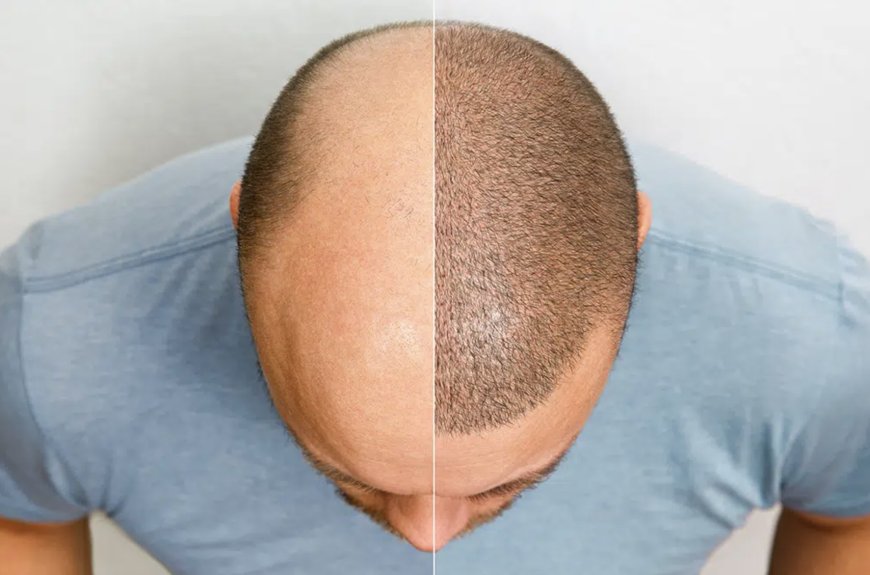Understanding Hair Transplantation: A Comprehensive Guide
Hair transplantation has emerged as a revolutionary solution for hair loss, a condition affecting millions worldwide.This medical procedure involves the transfer of hair follicles from a part of the body, known as the 'donor site', to the balding part, or the 'recipient site'.

Primarily used to treat male pattern baldness, hair transplantation has evolved significantly over the years, offering new hope for those suffering from hair loss.
Types of Hair Loss Suitable for Transplantation
Hair transplantation is particularly effective for certain types of hair loss. This includes male and female pattern baldness, which is typically genetic, as well as hair loss due to scalp injuries or burns. It’s essential for patients to understand the type of hair loss they are experiencing to determine if hair transplantation is an appropriate solution.
The Process of Hair Transplantation
The hair transplantation procedure involves harvesting hair follicles from the donor site, typically the back of the head where hair is more resistant to balding. These follicles are then implanted into the balding areas. The two primary techniques used are Follicular Unit Transplantation (FUT) and Follicular Unit Extraction (FUE), each with its unique approach and benefits.
Advances in Hair Transplantation Techniques
Recent advancements in hair transplantation techniques, especially the development of FUE, have significantly improved the outcomes of the procedure. FUE is less invasive than traditional methods, does not leave linear scars, and has a shorter recovery time, making it a popular choice among patients.
Post-Transplant Care and Expectations
After a hair transplant, it’s crucial for patients to follow post-operative care instructions for optimal results. This includes avoiding strenuous activities, following a specific hair washing regimen, and attending follow-up appointments. Patients should also have realistic expectations – while transplanted hair can grow permanently, it may take several months to see the full results.
Deciding If Hair Transplantation Is Right for You
Deciding to undergo hair transplantation is a significant decision. Potential candidates should consider the type and extent of their hair loss, consult with qualified professionals, and understand both the potential benefits and limitations of the procedure. It’s important to approach hair transplantation with a clear and realistic understanding of what the procedure can achieve.
What's Your Reaction?




























:quality(85):upscale()/2024/01/25/878/n/1922153/f94f61ec65b2bf18018990.47538761_.jpg)

:quality(85):upscale()/2024/01/26/759/n/29590734/b7f6660b65b3e8460d7196.77057039_.jpg)
:quality(85):upscale()/2024/01/27/741/n/1922153/8d43a26665b533b214de01.38307153_.jpg)











